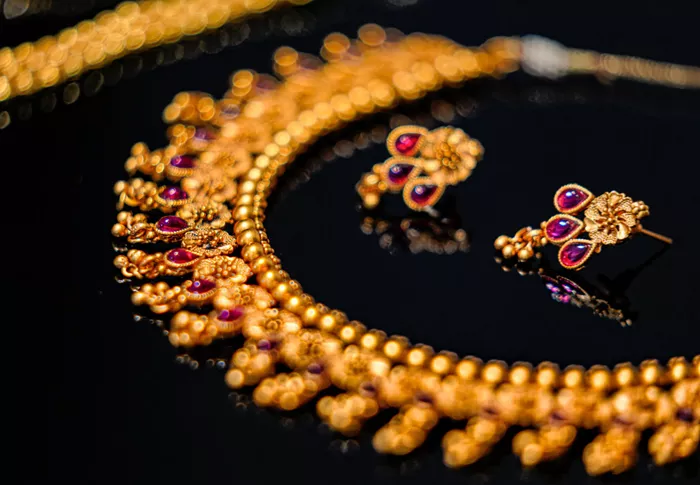Gold’s sharp rise to nearly $3,000 per ounce is putting pressure on Chinese buyers, potentially sidelining them from the market.
The surge in gold prices over the past year has been partly driven by strong demand from China, the world’s largest consumer. However, soaring prices, coupled with a struggling economy and the added costs caused by a strong U.S. dollar, have made gold too expensive for many buyers in China.
International gold prices have been fueled by the economic policies under former President Trump, as investors look for safe havens amidst the uncertainty surrounding his administration’s foreign policy. This includes the possibility of a trade war with China, which has boosted the value of the dollar and made gold even more expensive for Chinese consumers.
“There’s an affordability issue,” said Philip Klapwijk, managing director of Precious Metals Insights Ltd., a Hong Kong-based consulting firm. “And then there’s the overall economic downturn, making it harder for consumers to spend as they did before.”
The lack of strong demand from China suggests that gold prices could have risen even more if Chinese buyers had been more active. In fact, the usual surge in demand ahead of the Lunar New Year season was weaker than expected, providing some relief to an otherwise heated market, Klapwijk noted.
While gold demand in China has been fluctuating, there are still some positive signs. Investment in gold bars and coins remains steady, partly due to market volatility and ongoing issues in the housing sector. However, demand for gold jewelry, which makes up a significant portion of the market, has dropped as the economy slows.
“Domestic savers may still prefer the simplicity and transparency of gold,” said Nicholas Frappell, global head of institutional markets at ABC Refinery in Sydney. “But given the constraints on household finances, I don’t expect a major uptick in demand.”
Wholesalers are also sourcing less gold from stockpiles than usual. “People are cutting back on spending,” said Fenny Zeng, founder of Royer Jewelry in Shenzhen. “Many are opting for smaller, better-designed pieces instead.”
As a major importer, China often faces higher prices to acquire gold. However, the so-called “Shanghai premium” — the extra cost above international prices — has turned into a discount for most of the last six months, indicating weak demand for physical gold as prices have surged. On the other hand, gold-backed exchange-traded funds (ETFs) have seen record levels of investment.
In the midst of these challenges, another major player is still supporting the market: the People’s Bank of China (PBOC). After a six-month break, the central bank resumed gold purchases in November, continuing to add more in January, according to the latest data released this week.
Goldman Sachs sees these purchases as a sign of confidence in the yuan.
“The central bank may want to signal market confidence in the currency,” said Daan Struyven, co-head of global commodities research at Goldman Sachs. “By increasing gold reserves, it reinforces the belief that the yuan is supported by rising gold holdings.”
Related topic:
- US to Require Diamond Importers to Declare Country of Origin
- New Jewelry Shop Opens Amid Tragedy in Lanzarote
- Swiss Jewelry Brands Use Blockchain to Tokenize Diamonds


